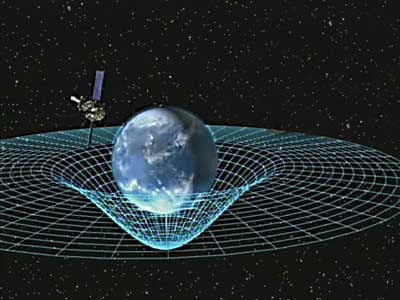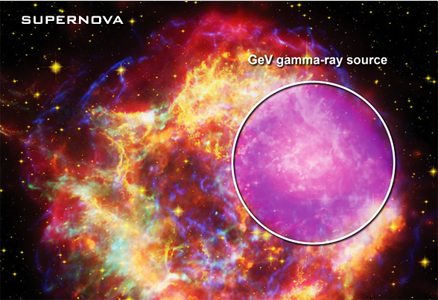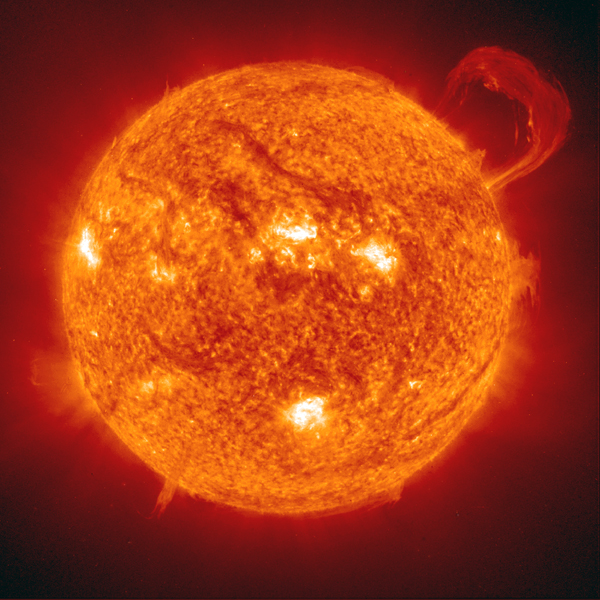When a body falls towards the earth we can notice that its velocity increases as it approaches earth. Hence the falling body is accelerating. Galileo performed several experiment and showed that falling bodies with different mass from same height reach the earth at the same time and hence they fall with constant acceleration. This acceleration is called acceleration due to gravity and is denoted by symbol .
Experiments have shown that the value of the same at the same place and varies slightly from place to place. A fairly correct value of
is
or
.
Vertically downward motion
A particle moving vertically downwards from height goes downward with an acceleration
. If we take the downward directions as positive and replace
by
and
by
in equations of motion, we get
Vertically upward motion
A particle thrown vertically upward moves with a retardation . Its velocity slowly diminishes and becomes zero when the particle is at its maximum height. The body is then at rest for an instant and immediately begins to fall with acceleration
. We take upward direction as positive and replace
with
then equations of motions becomes
Greatest height and time of ascent when particle is thrown upward vertically
Let H be the maximum height attained in time T. Since velocity is 0 at the maximum height, and
Time to reach the top:
Maximum height reached:
Time of flight
When the particle returns to the earth, the vertical displacement is zero. If T’ is the time taken to come back,
this gives the total time of flight.
Since the time of ascent is , time of flight is twice the time of ascent.
So, time of ascent is equal to time of descent.
Time taken to reach a height of h
From
When , t has two real values which chows that particle reaches the height twice … once on its way up and once on its way down after it has reached the greatest height.
If or
, t becomes imaginary. It shows that the particle does not go higher than
Velocity at a height h
From we have
The positive value represents upward velocity and negative value represents downward velocity at the same height h. It shows that magnitude of the velocity is the same when the particle is at the same height whether it is ascending and descending.






